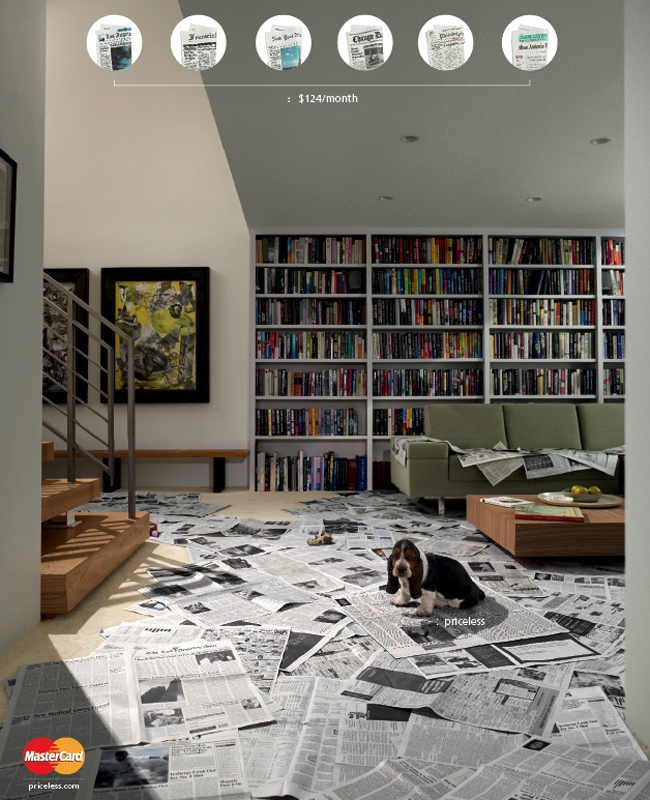Design is a complicated medium to talk about, and for some to understand. As a designer, communicating the importance of aesthetics to somebody who prefers quantitative data can be a challenge. Clients who invest in design often want proof that the design will work. Design, however, “isn’t so simple and knowable, which is [also] why it is so valuable,” according to Ben McAllister, assistant creative director at the innovation firm frog. “The real world is a complex system inhabited by autonomous individuals.” The job of design and creativity is to evoke an emotional response—one that is difficult to quantify.
The creativity that goes into great design is abstruse with unpredictable outcomes. The designer is creating something new—an experiment. To demand tangible research about what makes design successful is impossible; there is no way to accurately measure the success of a new idea before it has gone to market; its success is trial and error.
What we do know is that consumers are not logical (no matter how hard they try to be), instead, they are emotionally driven. Therefore, the best way to attract the consumer is by speaking to their emotions to get a reaction. According to studies done at the Max Planck Institute for Human Cognitive and Brain Sciences, our decisions are made up 10 seconds before we are cognitively aware of them, meaning that as consumers we are basing our decisions out of an emotional pull, not because of logic. The goal of product marketing and advertising is to create anxiety for the consumer in the following areas: fear, nostalgia, sex (through protection, attraction and the desire to liven), spirituality, optimism, and importance.

The most important quality of design is its human connection. Through use of color, composition, shape, texture, volume and form, the designer can create an emotional connection through an image. Design creates an aesthetic, the language of “feeling.” This language of feeling is what inevitably helps make our decisions 10 seconds before we become aware of them. After the decision has been made, we then cognitively rationalize it. With our society becoming increasingly more information rich and time poor, this language of feeling, through design, is the fastest way to convert a consumer.
